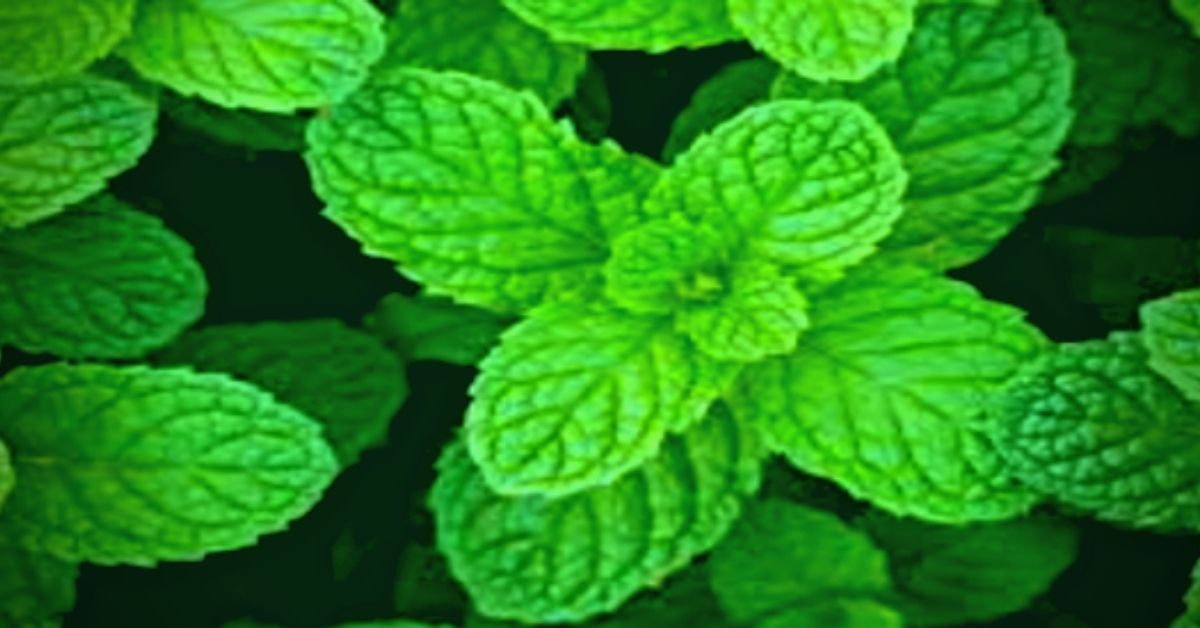The Wormwood Plant
The wormwood plant, scientifically known as Artemisia absinthium, is a perennial herb that has been used for centuries in traditional medicine. Native to Europe, Asia, and North Africa, wormwood is known for its distinct aroma and bitter taste. This herb has a long history of use in remedies for various ailments, including digestive disorders, parasitic infections, and menstrual disorders. It is important to note that while wormwood has been traditionally used for its medicinal properties, scientific research on its effectiveness is limited, and it should be used with caution and under professional guidance.
About The Wormwood Plant
Artemisia absinthium, also known as wormwood, is an herb that has a variety of uses. The pale yellow, tubular flowers of wormwood appear in the summer and are generally harvested in mid- to late summer while the plant is flowering. The deeply divided leaves of wormwood are strongly aromatic and can make a dramatic addition to an herbaceous border.
Wormwood is primarily used today as a digestive stimulant due to its extremely bitter taste. It was once a popular remedy for treating parasitic worms, as its name implies, and is still occasionally used in this way today. The main constituents of wormwood include volatile oil, bitter principle, flavonoids, tannins, lignan, silica, antibiotic polyacetylenes, inulin, and hydroxycoumarins.
The Wormwood Plant Uses
There are various ways to use wormwood. Here are a few examples:
1. Tincture: Take 1 drop of wormwood tincture on the tongue to stimulate digestion and combat any late-afternoon chocolate cravings.
2. Infusion: Add ½ level teaspoon of dried wormwood herb to 1 cup of water, steep overnight, strain, and drink in the morning for poor appetite, hepatitis, sluggish digestion, bloating, and stagnant liver syndromes.
3. Compress: Soak a cloth in a strained wormwood maceration and apply it to bruises and insect bites.
4. Wash: Use 1 cup of strained wormwood maceration as a wash for scabies or other parasitic skin infections.
5. Fluid Extract: Take 40 drops (2 ml) of well-diluted wormwood fluid extract with water on an empty stomach for parasitic worms; repeat fortnightly.
Growing Wormwood
If you are interested in sourcing wormwood, you can grow it in well-drained, fertile soil in full sun. It can be sown from seeds in a cold frame in fall or spring and then transplanted to their final positions when large enough to handle. Alternatively, you can divide clumps in spring or take heeled semi-ripe cuttings in midsummer. In Europe, central Asia, and parts of the US, wormwood can also be found in hedges and waste areas. You can gather the leaves in the summer.
However, it is important to exercise caution when using wormwood. Avoid it if you are pregnant or if you have high blood pressure. It is also recommended not to take wormwood for more than four to five weeks at a time. Always take it under professional supervision and do not exceed the stated dosages.
What The wormwood Plant Remedy’s
While wormwood has been used traditionally for various ailments, it is important to note that scientific evidence supporting its effectiveness is limited. Some of the ailments that wormwood has been traditionally used to remedy include:
Digestive disorders: Wormwood is commonly used as a digestive stimulant and can help with poor appetite, bloating, indigestion, and sluggish digestion.
Parasitic infections: Wormwood is known for its anthelmintic properties and has been used to help combat intestinal worms and parasites. However, it is important to consult a healthcare professional for appropriate diagnosis and treatment.
Menstrual disorders: Wormwood has been used as a uterine stimulant and may help regulate menstrual cycles and relieve menstrual pain. However, it should be used with caution and under professional supervision.
Other Noteworthy Ailments
Gallbladder disorders: Wormwood is considered a cholagogue and choleretic, meaning it can promote the flow of bile from the gallbladder and stimulate the production of bile. This can be helpful in cases of gallbladder disorders and to support overall digestive health.
Carminative and anti-flatulent effects: Wormwood has carminative properties, which means it can help relieve flatulence and reduce gas formation in the digestive system.
Stagnant liver syndromes: Wormwood has been used as a liver tonic and can help stimulate liver function, especially in cases of stagnant liver syndromes where there is poor bile flow and congestion.
Anti-inflammatory and immune-stimulating effects: Some research suggests that wormwood may have anti-inflammatory and immune-stimulating properties, although further studies are needed to confirm these effects.
Wormwood should be used with caution and under professional guidance, as it contains certain constituents that can be toxic in large amounts.
Conclusion
In conclusion, the wormwood plant is a fascinating herb with a rich history in traditional medicine. Its distinctive aroma and bitter taste make it a unique addition to remedies for various ailments. However, it is crucial to approach the use of wormwood with caution due to limited scientific research on its effectiveness. Consulting with a healthcare professional is advised before using wormwood as a therapeutic remedy. With its potential benefits and historical significance, the wormwood plant continues to intrigue and captivate researchers and herbal enthusiasts alike.
Also Read: The Marigold Plant
Some of the links on this website are affiliate links. This means that, at no additional cost to you, we may earn a commission if you click through and make a purchase. We only recommend products and services that we believe will be of value to our readers. We appreciate your support and are grateful for your trust.”



